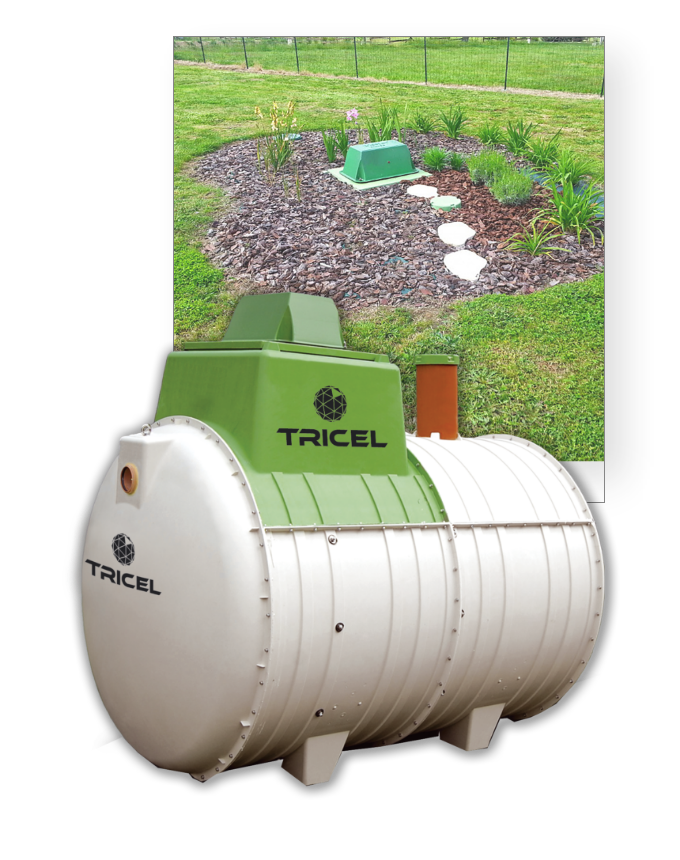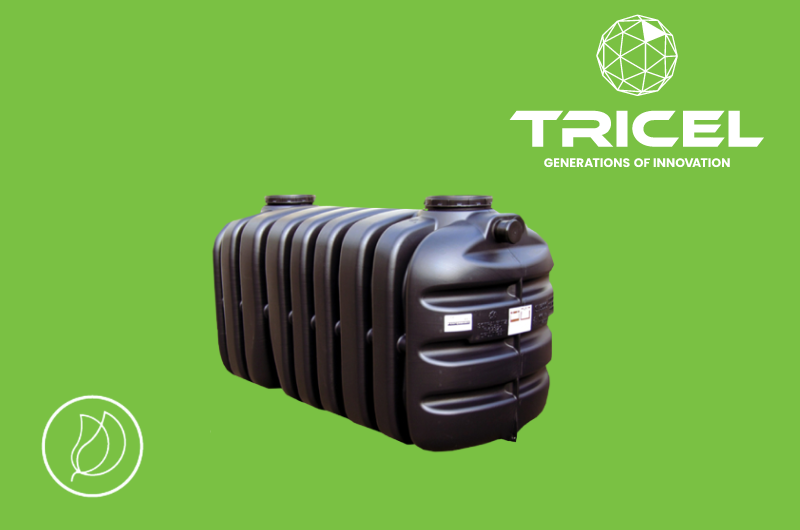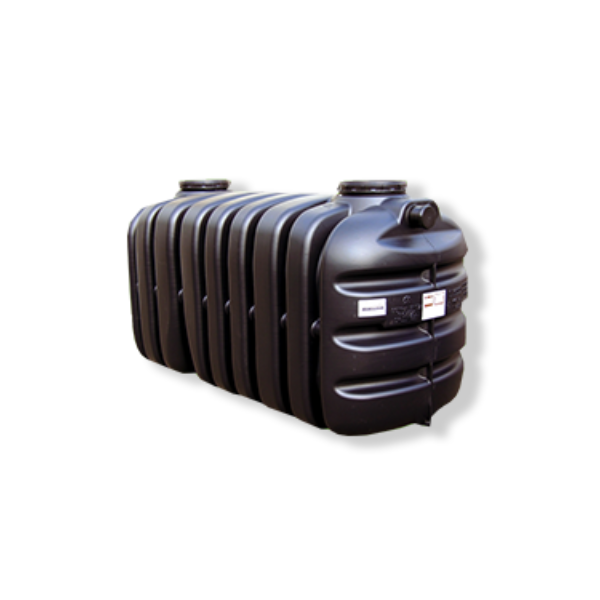
SEWAGE TREATMENT
Septic Tank or Sewage Treatment Plant: How to Choose?
Home » Septic Tanks » Septic Tank or Sewage Treatment Plant: How to Choose?
If your home isn’t connected to a main sewer, the sewage you produce has to be treated on-site using a septic tank or sewage treatment plant. Domestic sewage includes effluents from toilets, sinks, showers, baths, washing machine and dishwasher. It doesn’t include water from roof or gutter.
Both systems have their own advantages. In order to help you make your choice between a septic tank or sewage treatment plant, we are going to give you a list of their features and benefits.
If you have any questions, feel free to call us
What is the difference between a septic tank and a sewage treatment plant?
Sewage treatment plants treat wastewater in a more sophisticated and advanced way than septic tanks, resulting in higher quality effluent.
Gravity separates liquid and solid waste in septic tanks. By contrast, wastewater treatment systems use either aerated technology (air blowers) like in the Tricel Novo or mechanical components to introduce aerobic bacteria, which break down the waste.
There is one significant difference between a sewage treatment plant and a septic tank for homeowners: sewage treatment plants can discharge into watercourses (e.g. rivers and streams), while septic tanks cannot. This is due to the low quality of effluent; septic tanks are considered polluting.
HOW DOES A SEPTIC TANK WORK?
A septic tank is a big chamber where the sewage from your house is treated. In fact, the sewage enters the tank with gravity where the solids drop to the bottom of the tank forming the sludge. A small amount of anaerobic breakdown occurs at this stage.
The liquid effluent is then discharged to a specially designed percolation area where the final treatment of the leftover sewage occurs. The effluent coming out of septic tanks requires further treatment before being released into the environment. Therefore, all septic tanks require either a percolation area or a secondary treatment plant such as a Puraflo.
How does a sewage treatment plant work?
A package sewage treatment plant is a viable alternative to a traditional septic tank. As with a septic tank, the sewage enters the unit and the sludge settles to the bottom; the plant then treats the effluent.
Depending on the type of domestic sewage treatment plant needed, we can require an additional chambers for the treatment to occur. We use diffusers to supply enough air/oxygen for the bacteria to feed on waste, ensuring anaerobic breakdown of the solids more thorough than with a septic tank. This leads to a higher treatment efficiency compared to a traditional septic tank.
Indeed, the effluent coming out from a Tricel sewage treatment plant is 95% clean or higher. Depending on your soil and the percolation test results the effluent from a sewage treatment plant is discharged directly into a small percolation area. A minimal percolation area is still required as the final part of the treatment of effluent before being discharged to groundwater.
Key features of a septic tank
- Solid and liquid waste are separated
- Liquid waste is not treated
- No electrical requirements
- Frequently needs to be emptied
- Service requirements are lower than for a treatment plant
- Discharges into watercourses are prohibited
Main features of a sewage treatment plant
- Solids and liquids are separated
- Ensures a higher quality of effluent by treating liquid waste
- The air blower (and sometimes pump) requires a power supply.
- You need to Desludge, but less frequently than with a septic tank
- It requires more maintenance and servicing than a septic tank
- Discharges into watercourses are allowed – make sure to check local regulations
Tricel Novo: Key features & benefits
The compression moulding process is one of the most technologically advanced features available on the market. Components are manufactured under heat and high pressure. They have a competitive strength and durability over standard GRP tanks or PE tanks.
SMC is a unique material in the sewage treatment industry with Tricel SMC tanks operating in some of the harshest climatic conditions for over 50 years with no defects.
Tricel’s ceramic diffuser will last twice as long as all standard competitors rubber equivalents. It is a cost-saver in both call out fees and replacement parts.
No concrete backfill for installation on most sites which allows you to save up to €400 over lower quality GRP/plastic competitors.
There are no moving parts or pumps in the plant which is ensuring reliable operation during the treatment process and minimal running costs.
Tricel Novo plants are designed with a shallow invert to limit both installation and time costs.
Articles you might be interested in
- Septic Tanks
- Case Study
- Wastewater Treatment
MEET OUR TEAM
To find a technician in your area, visit our page
TALK SEWAGE TREATMENT
To speak to one of our agents online, click here
ASK FOR A QUOTE
Request a free quote today to have a quote that meets your project!
Get in touch




